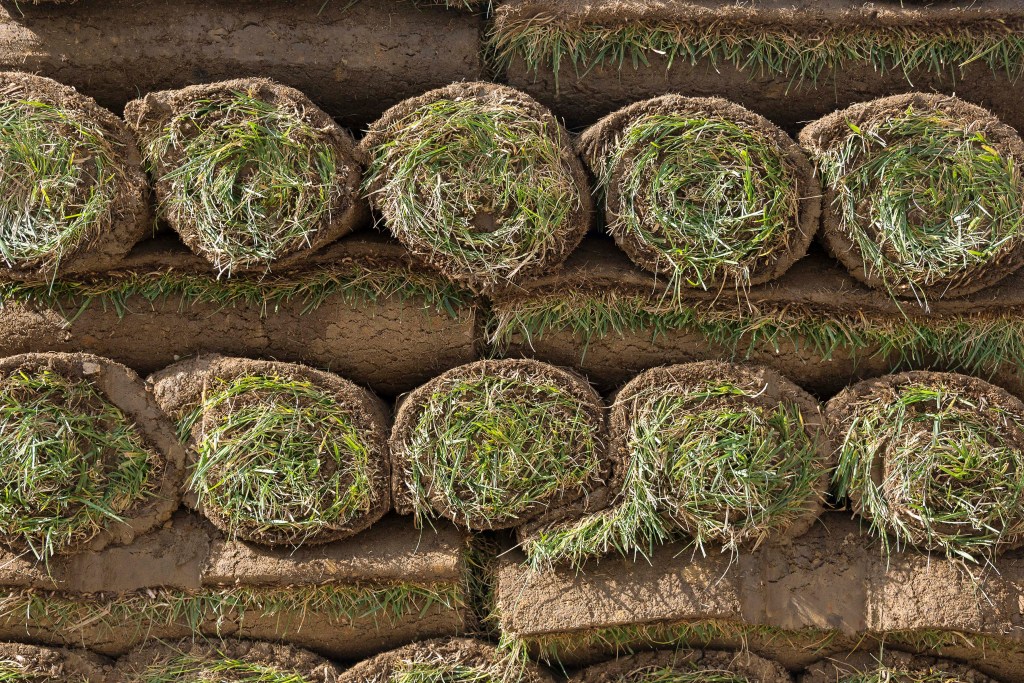We just finished an addition on our house and would like to quickly restore our backyard so that our kids can play outside. Is it OK to install sod now during the heat of summer?
— Brock Foley, Vernon Hills
Using sod is a great way to achieve an instant lawn, and it’s OK to install any time until the ground freezes. Sod rolls are 2 feet wide and 5 feet long, or 10 square feet per roll. Divide the square feet of the area you want to sod by 10 to determine how many rolls to buy. It’s a good idea to buy some extra, as you will probably have some waste after cutting the rolls to fit. The sod needs to be freshly cut as the rolls will quickly compost if left rolled up and piled up in hot weather. All the sod I see for sale in garden centers is for sunny sites and will thin out over time if planted in too much shade.
Preparing the site properly will lead to the long-term success of your backyard lawn. After construction work, you can expect some issues with compaction. The soil needs to be loosened, rototilled and leveled, with any large clods of soil and other debris removed to provide good contact with the sod when it is installed. If the area of soil that needs to be loosened is large, you may need to use a mini excavator instead of loosening the soil by hand with a shovel before using a rototiller. Rolls of sod that are installed without good soil contact can be hard to establish, as the long-term health of the grass is compromised. It’s OK to occasionally walk on a newly sodded lawn, provided the soil base is firm. If the soil is very loose or waterlogged from heavy watering, you can sink into the ground as you walk and damage the new sod installation.
As long as it is watered well, even sod installed in the height of summer can achieve good results. Depending on weather conditions, you should be watering new sod once every two to three days until you see it start to grow. At that point, reduce watering to a couple times a week if the weather remains hot. As fall weather cools, decrease the frequency of watering new sod, though it is still very important to deeply water it each time. In most situations, I have found it possible to reduce watering of new sod to once a week within the first three weeks of installation. The weather, of course, will have a significant impact on timing. Once you have mowed the new sod a couple of times, you should be able to reduce watering to the same watering routine as the rest of your lawn.
Watering new sod properly requires watering deeply enough to soak through the roots of the sod into the soil beneath so that it will begin rooting into the soil. New sod will start to turn off-green when it is too dry. That is an excellent early warning sign telling you to check the off-color area. I have found that most new installations of sod that are turning off-green need more water. If it turns mostly brown, you will need to replace the sod and try again.
For more plant advice, contact the Plant Information Service at the Chicago Botanic Garden at plantinfo@chicagobotanic.org. Tim Johnson is senior director of horticulture at the Chicago Botanic Garden.


Comments are closed.